Amelie: a kind tale about Paris and its inhabitants
Amélie (also known as French: Le Fabuleux Destin d’Amélie Poulain; English: The Fabulous Destiny of Amélie Poulain) is an excellent embodiment of the concept of “French style” in the broadest sense of the word. It seems that everything is easy and simple – but it enchants and does not let go, and when you try to understand your impressions, you suddenly discover that lightness is a consequence of tremendous skill, and simplicity is completely imaginary. A simple at first glance story about a strange, funny and charming brunette waitress from a third-rate cafe received an absolutely unheard-of resonance all over the world.
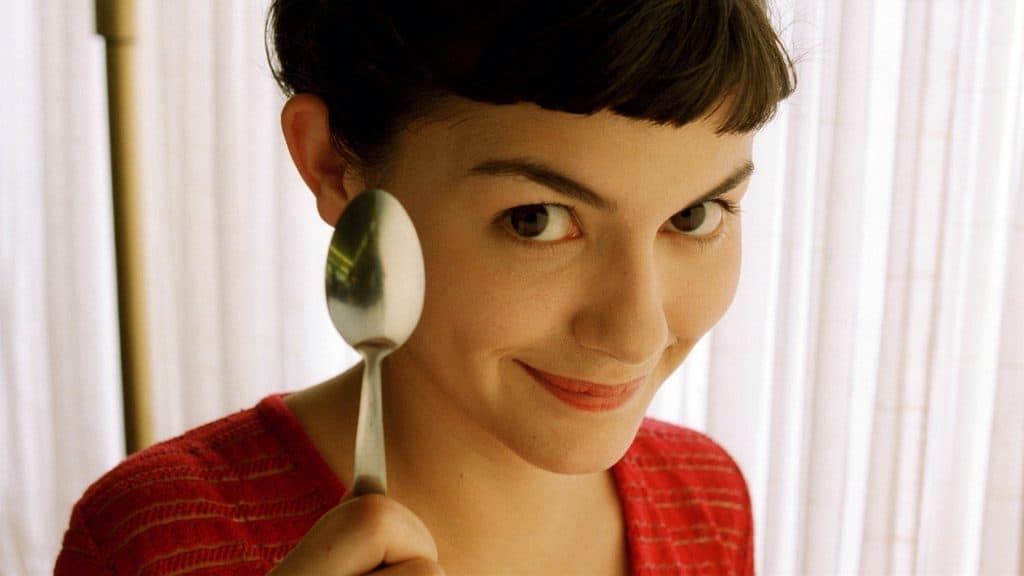
In many countries, from France to Japan, there are crowds of fans of Jean-Pierre Jeunet’s film; the number of girls named Amelie has risen sharply; tour guides take tourists to the locations featured in the film, and apartment prices in Montmartre have skyrocketed. At the same time, for almost 20 years, nothing has changed: “Amelie” is still fascinating, it is still a cult film, and there are very many chances that it will remain so forever.
Of course, the great role of Audrey Tautou played a huge role in the popularity of the film, but Amelie is a film not only about a girl, but also about the city in which she lives.

Paris in Amelie’s world
Not so often the city is not a background, but a full-fledged character of the film. Paris in “Amelie” looks like an elegant postcard and a picture of old masters at the same time: it is a magical colorful city where the pavements shine with cleanliness, the sun is almost always shining in the sky, and people communicate with each other easily and naturally. When the film was released, French critics reproached the director for the fact that there are practically no migrants in the film, which make up a significant part of the population of Paris. But not only are there no migrants in the film: there are no criminals there either, and you can safely walk around Paris at any time of the day. Moreover, there is no evil as such in the film, and its most unpleasant characters – the owner of a grocery store, always spitting on his assistant, and the little jealous Joseph – are more ridiculous than evil.
But in the film all the components of the traditional image of Paris are presented in abundance – from cafes to flowers on the windowsills.
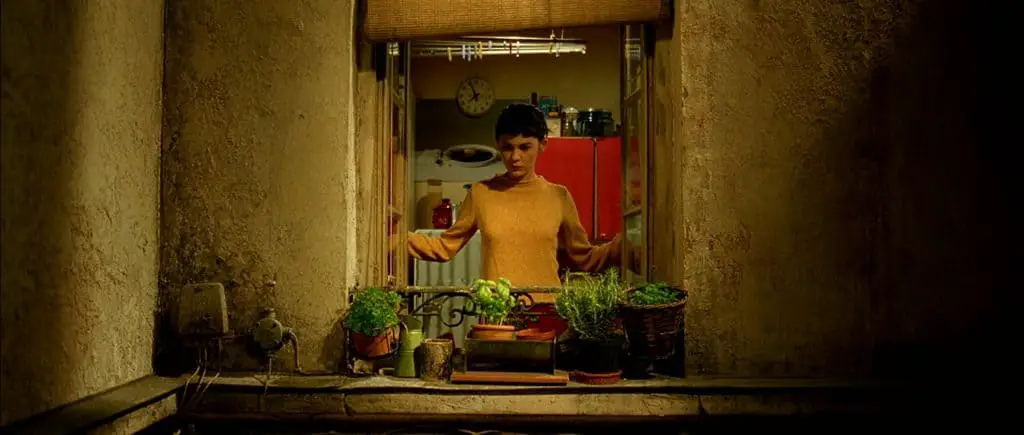
Three locations play a special role: Amelie’s house, Two Mills cafe and the railway station. And if the role of the house and the cafe does not require explanation, then the station is an analogue of a fabulous crossroads, an unusual place where a person can choose his destiny, his own path.
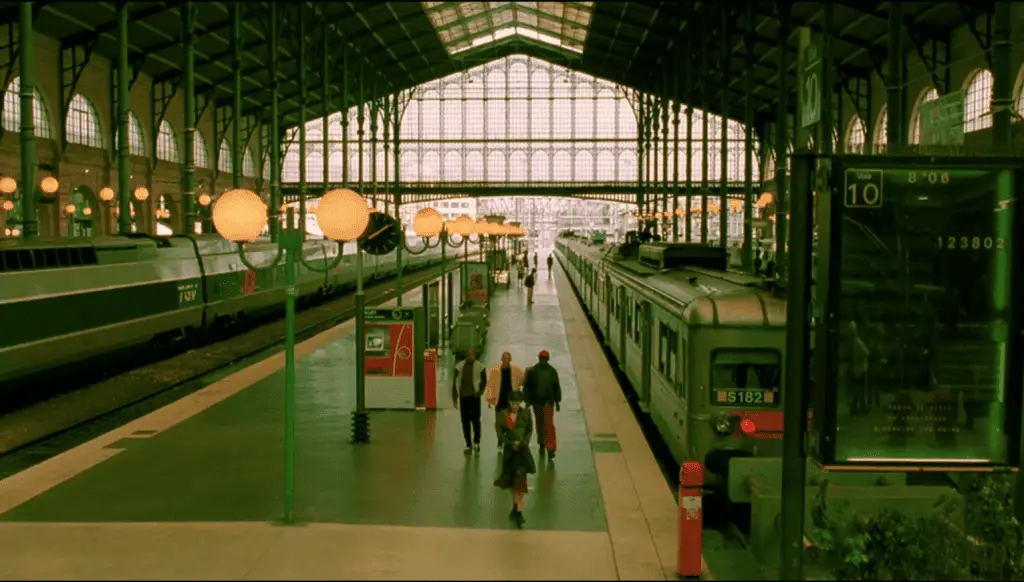
How real is this Paris? The question is rhetorical. By deliberately eliminating negativity, Zhenet emphasizes the fantasticness, the fabulousness of the artistic world he creates. And at the same time, this city exists – in the imagination and in books, in paintings and advertising posters. The Paris of the film “Amelie” is the ideal Paris in which every tourist (and maybe every Frenchman) dreams of being.
Why does Amelie live in Montmartre?
Montmartre – the quarter of artists and writers sung in thousands of songs and ballads – became the residence of Amelie not only because it is the most famous and recognizable area of Paris. Amelie is also a creator, although she does not write any novels or paintings. She turns her own life into a kind of work of art, inventing herself and those around her.

In order to understand how talented a girl is, it is enough to take a sober look at her life. Amelie grew up in a difficult family, did not have normal contacts with peers, and lost her mother early. At less than 23 years old, she is single, she has no lover, no friends, she lives in poverty (Amelie’s financial situation is clearly illustrated by her purchase of fruits and vegetables by the piece and the nickname “Amelie on the rocks”). Another person from these circumstances would have blinded at least a drama, and Amelie would have a fairy tale full of kindness and light.
Why does Amelie decide to find the owner of the box?
Finding the boy who once hid the box is a kind of trial balloon in Amelie’s game with the world around her. After making sure that her intervention brings a positive result, she continues to gradually change the lives of others – and at the same time her own.

What is the meaning of Amelie’s manipulations with her father’s garden gnome?

The fact that the only friend of Amelie’s father turned out to be a garden gnome causes her deep annoyance, but it is even more offensive that her father has withdrawn into his limited existence, like in a cocoon. The gnome, kidnapped by her and traveling, becomes a way to lure her father out of his cocoon, and we see that in the end Amelie succeeds: her father collects his suitcases and goes on a journey.
Why doesn’t Amelie want to give the album to Nino right away?
Amelie does not just play with Nino: their relationship is built according to the canons of fairy tales, where Beauty must guess the enchanted prince in the Beast (see the scene in the attraction), and the Prince, in turn, must guess Cinderella.
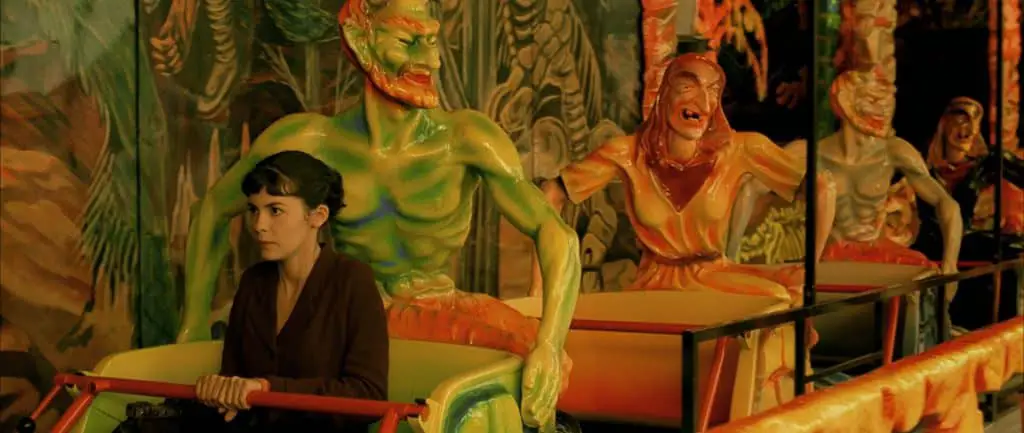
By the way, psychologically these games are very reliable and emphasize that Amelie and Nino are truly kindred spirits.
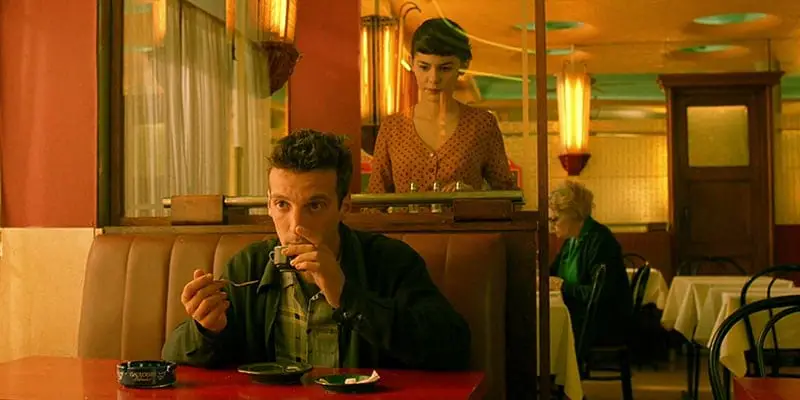
What is the meaning of the image of the “Glass Man”?
Amelie’s neighbor Ramon Dufael, who has been painting copies of the same painting for years and does not go out because of the fragility of his bones, is a symbolic embodiment of the vulnerability and fragility of an artist, a creative person. This vulnerability greatly limits his capabilities in the real world, but it gives him extraordinary empathy and the ability to penetrate the soul of another person.

What is the meaning of the Princess Diana theme?
The death of Princess Diana is played out several times in the film, so it is obvious even to an inexperienced viewer that this is no accident. Does the mention of her death serve as a temporary “tie” of the film precisely to 1997? Partly yes, but that’s not the point. The events of the film could just as well have taken place in 1996 and in 1998. The death of Princess Diana acts as a sign, symbolic phenomenon: millions of people worried, argued, perceived an event that had nothing to do with them as part of their life. In other words, people lived someone else’s life, instead of living their own, and it is no coincidence that Amelie’s mention of Diana eventually begins to annoy.
Diana – not as a person, but as an image constructed by the media – can also be perceived as a symbol of the virtual world approaching the real world. However, in “Amelie” people – for the time being – go at most into the world of dreams, and not into the virtual universe. The world in which they communicate on social networks (and there they discuss the next idols), and sit in a cafe, everyone buried in their smartphone, has not yet appeared, it is only on the doorstep.
Who really is Amelie?
The image of Amelie can be viewed in three ways. Firstly, she is an adult who has kept a child in herself. Amelie is an adult, because able to take care of herself (and not only of herself), but at the same time she looks at the world in a childlike way. The child living in it, Amelie, owes both her ability to be creative and play, and some strange behavior. Sometimes she flirts – either reading other people’s letters, then playing pranks in someone else’s apartment. In principle, one can dwell on this interpretation of the image, especially since it is sufficient to understand the film, but one can go further and analyze the image of Amelie as a protagonist and as a symbolic figure.
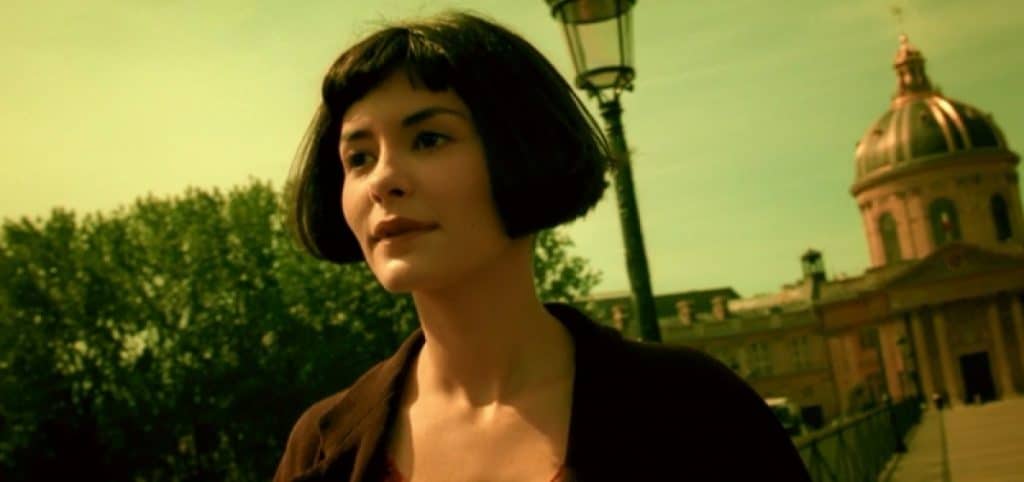
To understand the second hypostasis of Amelie, it is necessary to remember that all the plot lines of the film are conditioned by her actions. She changes the lives of those around her – makes her remember children and grandchildren or fall in love with each other, but at the same time she remains in the shadows. Amelie not only intervenes imperceptibly: she is clearly trying to substitute herself for providence, His Majesty Chance. And here parallels involuntarily arise, if not with a playing deity, then with some kind sorceress who works wonders without any magic.

But there is one more hypostasis of Amelie, which, unlike the previous ones, is given by hint. In one of her fantasies, the girl sees the funeral of herself as a national heroine, protector of the orphaned and the poor. You can write off this funny episode for a slight megalomania, or you can recall that the symbol of France is a female figure – Marianne. Of course, Amelie is not one hundred percent embodiment of the feminine, cheerful and creative spirit of France, but, as the heroes of another film say: “The truth is somewhere nearby.”
What is the secret of the film’s charm?
It is known that before the shooting of “Amelie” began, the streets were washed and graffiti was painted on the walls, but the film’s charm is not only visual. Paris “Amelie” is also people, many characters, some of which are part of the daily life of the main character, others appear only for a moment.
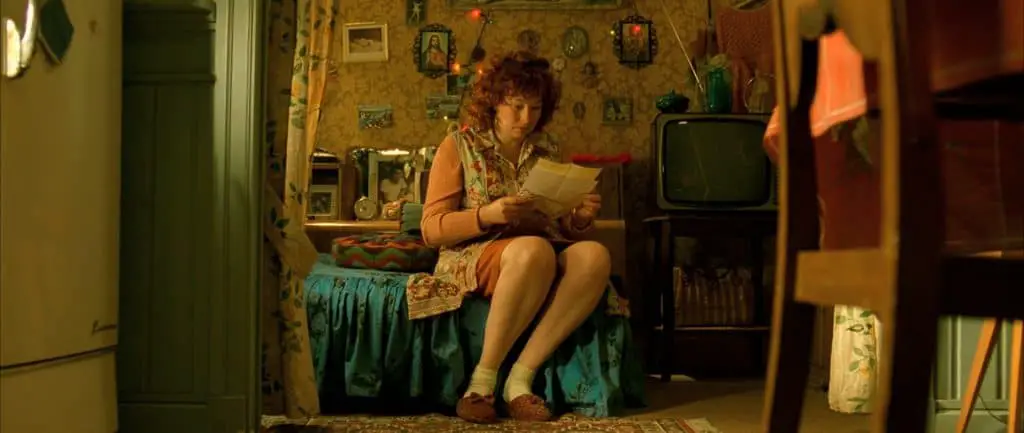
But pay attention: absolutely all of them, from the concierge to the beggar who “does not work” on Sundays, from the heroine’s father to the girl buying a cigarette in a light green business suit, but with purple hair, are shown as pronounced personalities. Each has its own history, its own habits, its own weirdness and dignity. This “Amelie” sharply differs from other films, where all attention is focused on the main character, and the rest of the characters act as an addition to him.
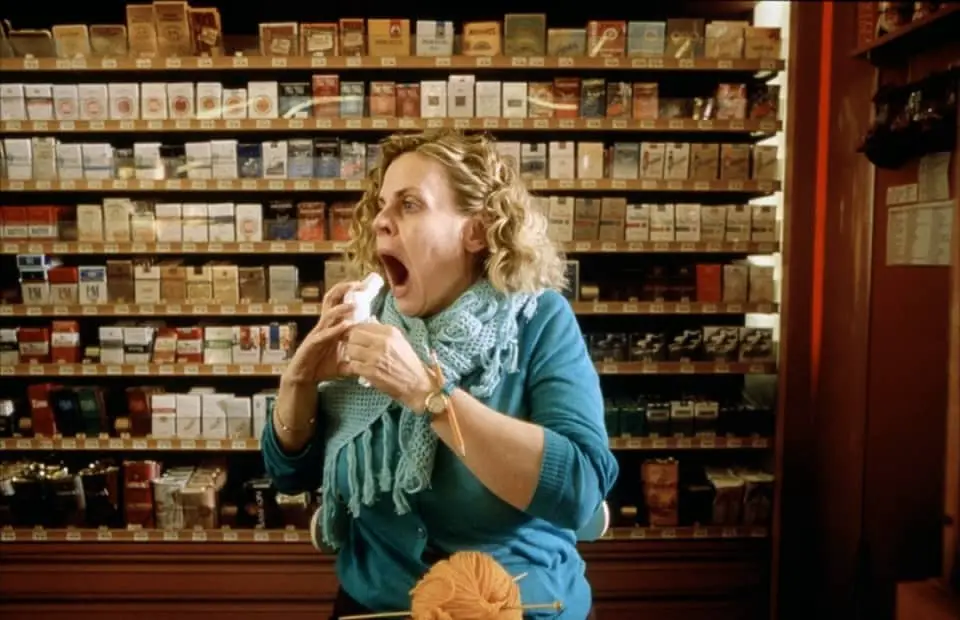
Moreover, all the characters are shown with humor, but without mockery. All that remains is to applaud the director’s talent, who managed to refrain from exaggerating comic features: after all, one more step, and instead of cute and interesting people, we would see a bunch of dull losers.
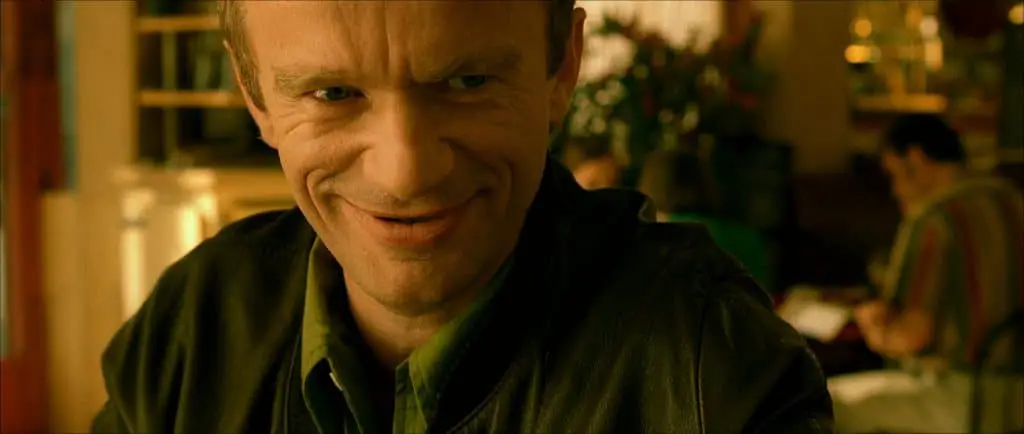
But Zhenya did not take this step: he made an unusually kind film. His kindness is so honest and sincere that one wants to remember the platitudes that all people are brothers, and each person is a separate universe. “Amelie” is a film that makes you believe that these are not just words. Its atmosphere is mesmerizing with its benevolence and humanity, which are so lacking in many famous film masterpieces.
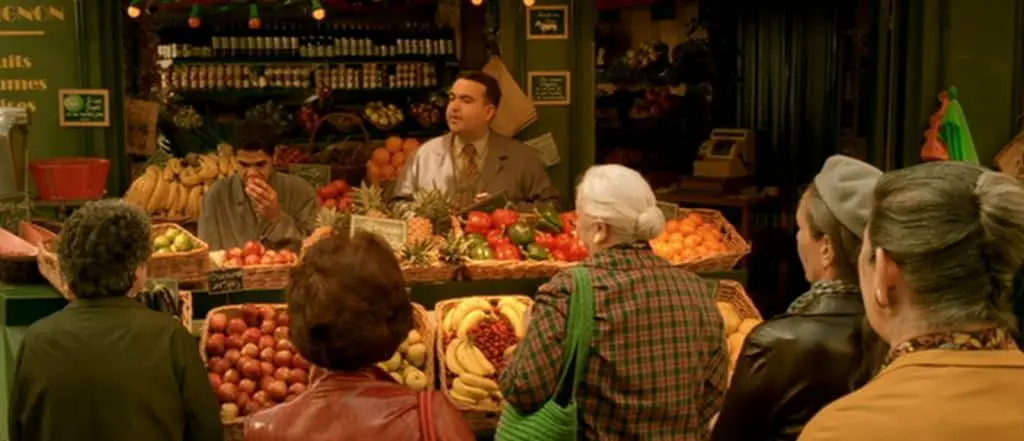
What’s the point of the movie?
As befits a fairy tale, “Amelie” does not hide its main idea behind seven locks. The main message of the film is quite simple: life is beautiful, and if you doubt it, then make it so that it becomes beautiful. Help your neighbor, rejoice in little things, come up with your own little game, and most importantly – do not miss your loved one when fate sends you a meeting.
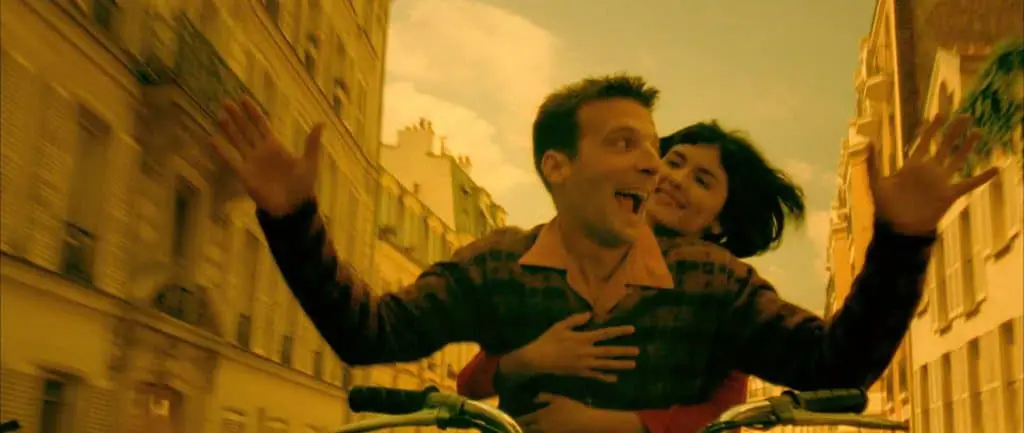
Very French, isn’t it? But the most interesting thing is that this is really so: we are all screenwriters, directors and main characters of our own films, and if there is an opportunity to make a romantic comedy, is it worth wasting time on psychological drama?







